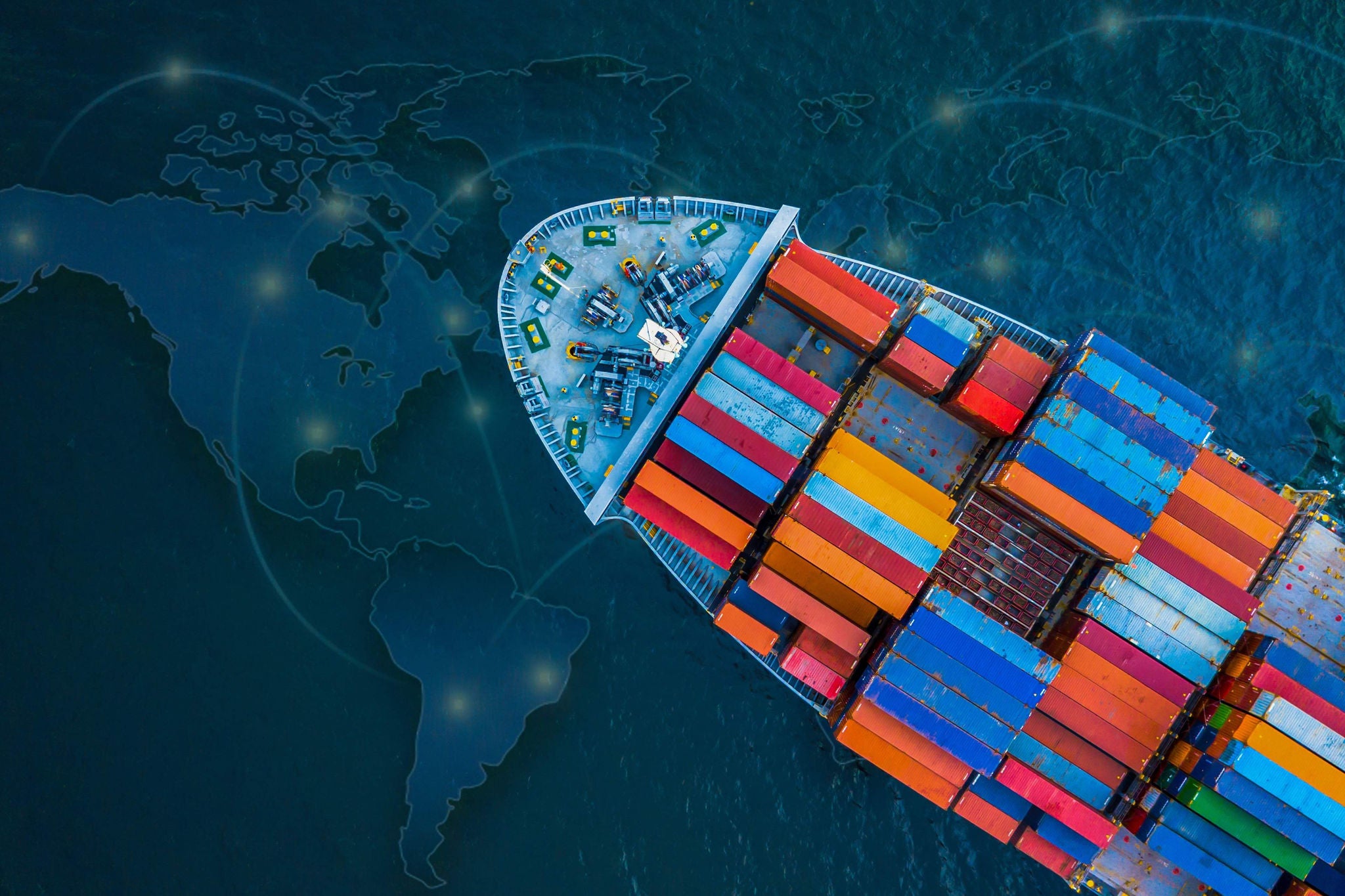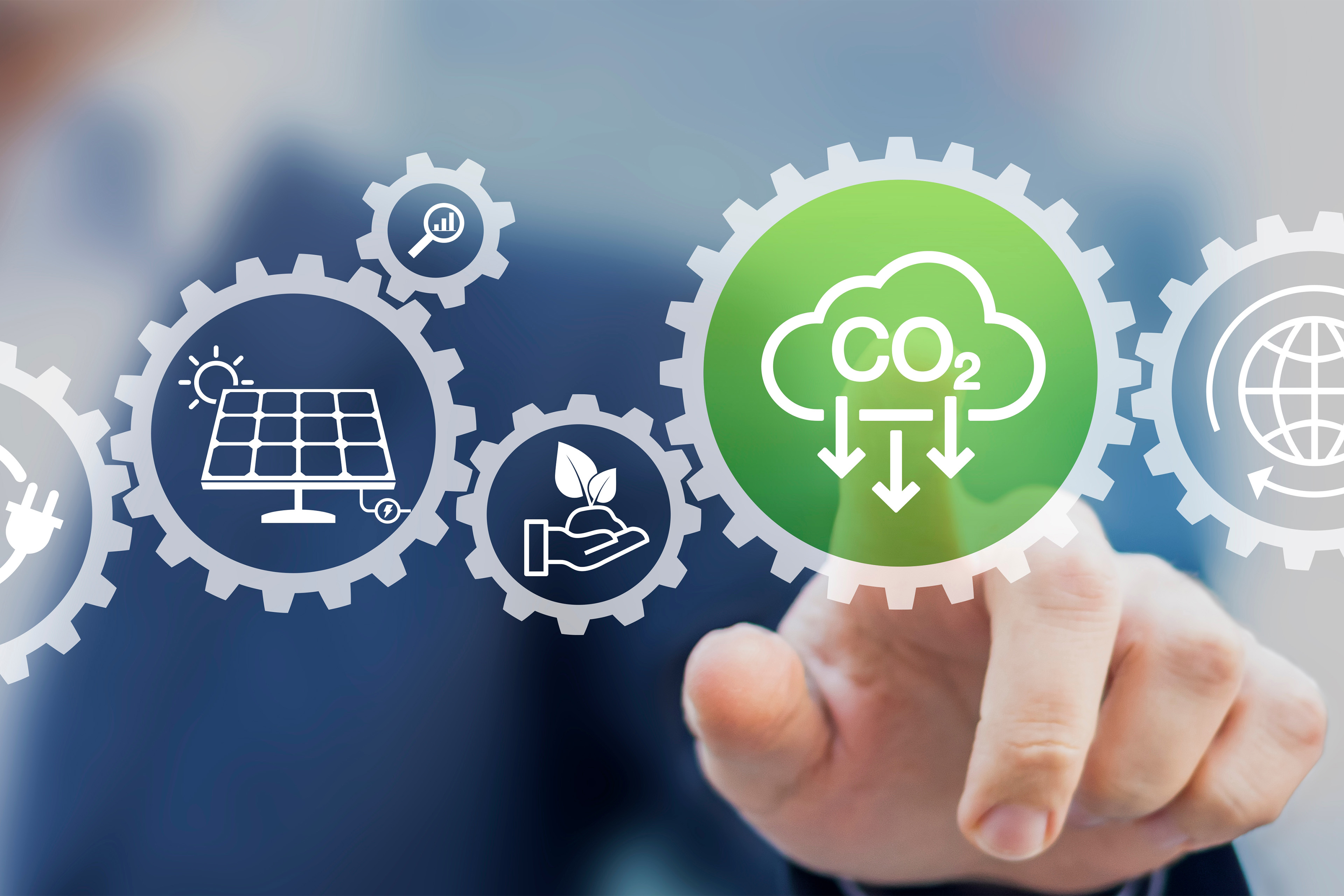EY refers to the global organization, and may refer to one or more, of the member firms of Ernst & Young Global Limited, each of which is a separate legal entity. Ernst & Young Global Limited, a UK company limited by guarantee, does not provide services to clients.
How EY can help
-
EY India Tax magazine shares insights from EY Tax Partners & Industry leaders on evolving tax & policy change to gear-up businesses & tax professionals.
Read more
Another often repeated complaint about CBAM from the developing countries is that it overlooks the concept of ‘Common but Differentiated Responsibilities’ enshrined as Principle 7 of the Rio Declaration at the first Rio Earth Summit in 1992. The declaration states: “In view of the different contributions to global environmental degradation, States have common but differentiated responsibilities”¹⁷. Through CBAM, the EU is arguably equalizing the responsibilities by imposing the same carbon cost wherever the exporter may be located and whatever the carbon reduction commitment of that country may be. Further, the revenues from CBAM will contribute to the EU's budget. Thus, instead of aiding developing countries to meet their carbon reduction objectives, the developing countries exporting to the EU will be contributing to the EU’s ambitious carbon reduction commitments.
Way forward – the road ahead
While international obligations will be debated and settled in appropriate forums, climate policies such as EU’s approach to green energy trade are here to stay. The coming into force of the CBAM is around the corner with its regulatory compliances starting from 1 October 2023. Countries, such as India, need to take stock of their trade strategies and prepare themselves.
India has recently launched its Carbon Credit Trading Scheme (CCTS) in the pursuit of its NetZero goals and of promoting green energy. The CCTS will aid the institutionalization and performance of the Indian Carbon Market (ICM) by laying down a process for compliance in which emission goals will be formulated for specific industries and organisations, upon meeting which they will receive credit certificates. Implementing the CCTS in a robust and effective way will help Indian businesses to demonstrate that their goods are manufactured through low-carbon processes using green technology, thereby, attracting lower CBAM charges and enhancing green energy export opportunities in EU.
Manufacturers in India would need to focus on smart manufacturing by investing in energy-efficient technologies to reduce carbon emissions and adopt sustainable trade practices. Furthermore, while India has been beefing up its green energy initiatives, there is an urgent need for creating complementary green infrastructure that will expedite the transition to clean energy for businesses.
India is at advanced stages of negotiating trade and investment agreements with the EU. This provides India with a platform to put forth its concerns with respect to the CBAM implications. The country must explore negotiating an exemption or a reduced rate of CBAM for the Indian manufacturers. It is well-accepted that the historical burden of global GHG emissions lies with the developed world. In this context, EU’s goals for promoting green energy through trade policy should take into account the concerns of the developing world.
The article is also contributed by Esha Sandhu, Senior Manager, International Trade, EY India







